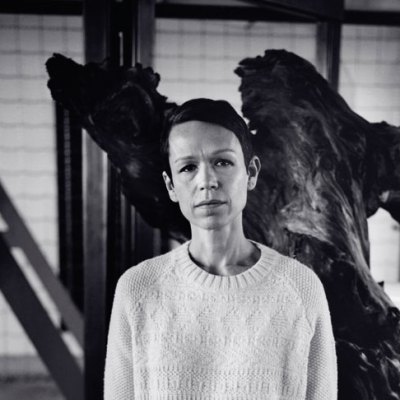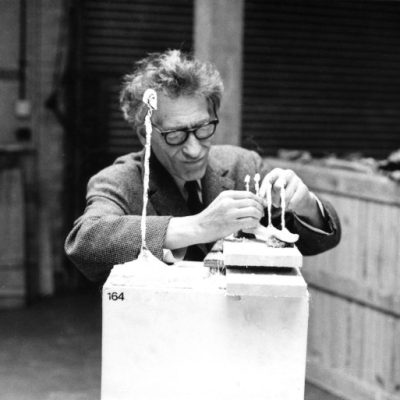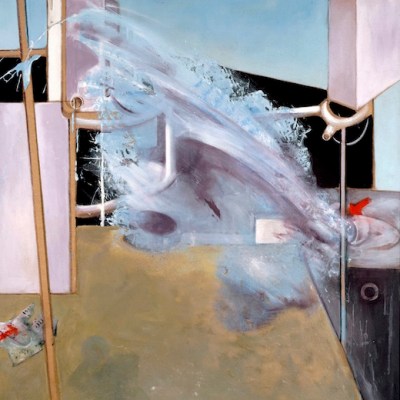When an exhibition brings together two modern artists who didn’t work together, never thought of themselves as part of a common movement, forged their careers in different countries and met for the first time only a few years before one of them died, one usually has misgivings of false connections and strained comparisons. With ‘Bacon–Giacometti’ at the Fondation Beyeler, however, the worry is that the two artists will go together far too well.
There may not have been an existentialist movement in art but, since the early 1950s, critics have been yoking Bacon and Giacometti together as the two pre-eminent illustrators of Jean-Paul Sartre’s philosophy. In some respects, their reasoning is clear. Placing a premium on individual freedom, existentialism sought to position itself in opposition to the abstract, essentialising conceptions of human life and its worth that, Sartre contended, linked the European philosophical tradition to the horrors of the concentration camps. By eschewing the contemporary predilection for abstract art, turning instead to the human figure, Bacon and Giacometti were understood as having involved themselves in the same project. But existentialism has often been reduced to a hackneyed vocabulary of the void, a kind of proto-gothspeak that renders the freedom of the individual a kind of isolation, and even a punishment – ‘Man is condemned to be free’, in Sartre’s oft-quoted phrase. By association, the art of Bacon and Giacometti has come to seem for many like two kindred howls into the abyss; Sartre himself likened Giacometti’s etiolated sculptures to the survivors of Auschwitz, while the critic David Sylvester, who was so influential in popularising both artists in the UK, writes memorably about Bacon’s ‘screams’.
The Nose (1947) Alberto Giacometti. Fondation Giacometti, Paris. Photo: J.P. Lagiewski; © Alberto Giacometti estate/ProLitteris in Switzerland 2018
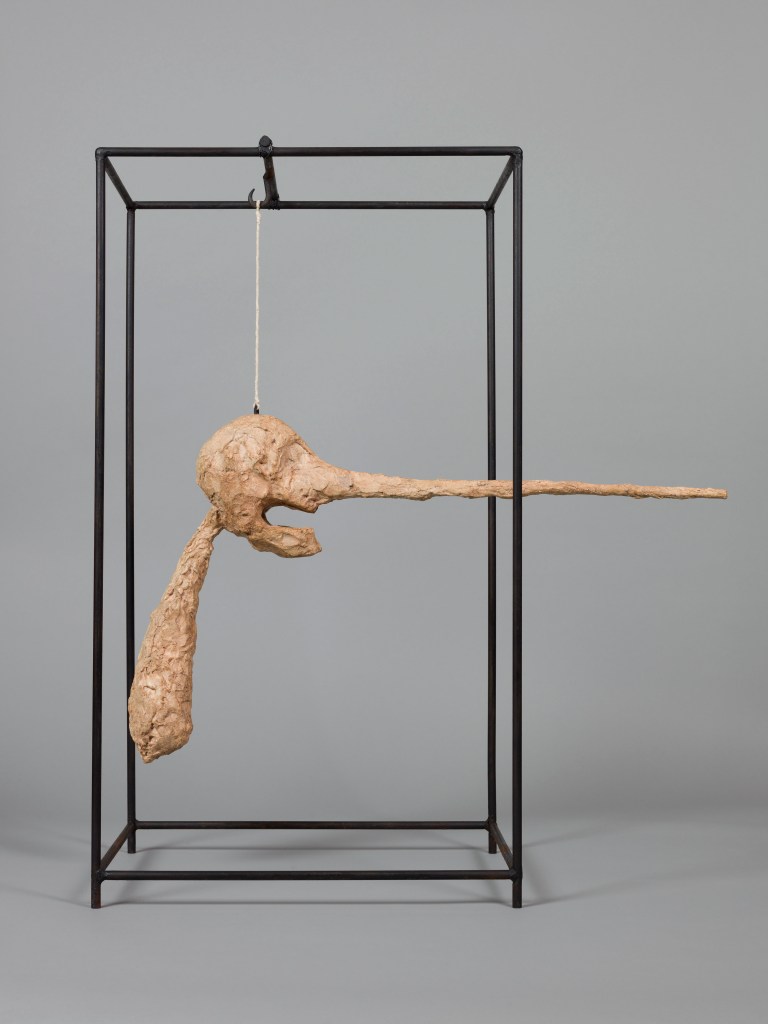
Study for Portrait VII (1953) Francis Bacon. MoMA, New York. Image © The Museum of Modern Art, New York/Scala, Florence 2017; © The Estate of Francis Bacon. All rights reserved/2018, ProLitteris, Zurich
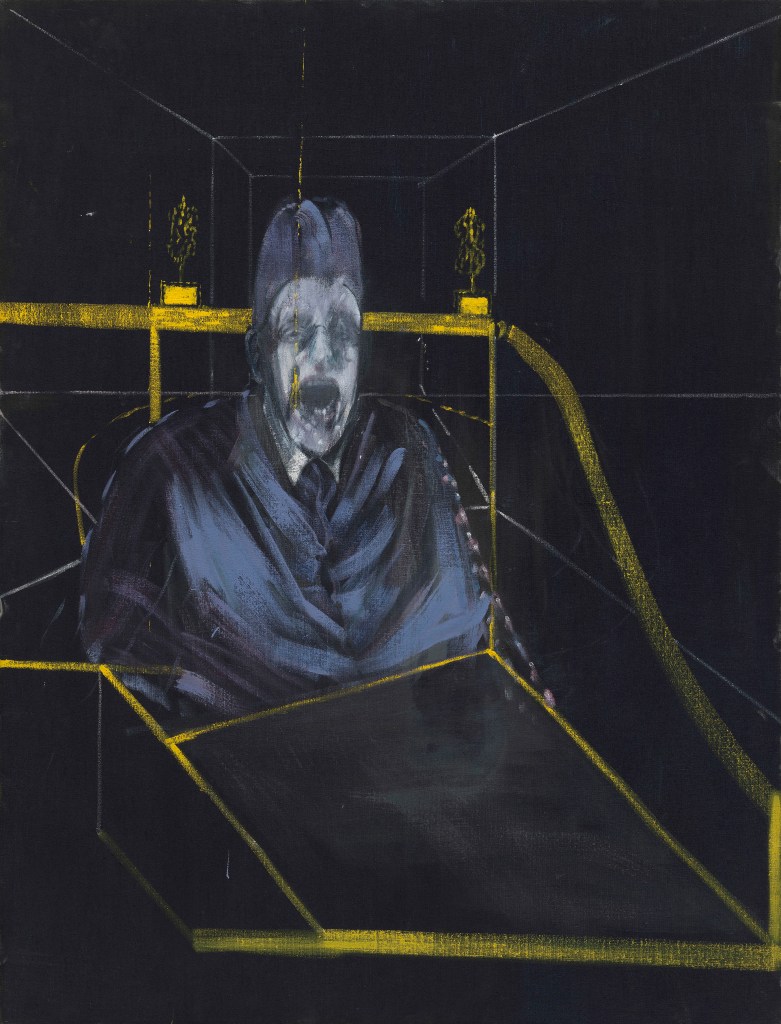
However, any fears of finding oneself trapped in an existentialist prison at the Beyeler are dispelled in the exhibition’s opening room. Screams and cages seem to dominate at first – from a wrought-iron enclosure hangs the plaster head of Giacometti’s The Nose (1947–49), its mouth open in a frozen scream that finds an echo across the room in Bacon’s Head VI (1949), one of his grotesque interpretations of Velazquez’s Pope Innocent X. Yet it soon becomes apparent that the two artists are interested in not only constructing prisons, but breaking out of them too. The Pinocchio-like organ of Giacometti’s sculpture punctures the imaginary partition of air that is established between skull and viewer by the bars; meanwhile, the bars in Bacon’s painting are as evanescent as his pope’s head and vacillate between white and black, presence and absence. Both works are, at first glance, terrifying manifestations of the human figure – but look a little longer, and they also reveal their creators’ shared obsession with fixing and unfixing the appearance of the figure in the perspective of the viewer, establishing and dissolving equilibrium.
In the airy, daylit galleries of the Fondation Beyeler, it is this formal restiveness that comes to the fore. Certain well-chosen biographical coincidences help to tie the show together – not least the influence on both artists of the painter Isabel Rawsthorne, who introduced them in the early 1960s. An encounter with Rawsthorne in the late ’30s was an important spur for Giacometti; he saw her at ‘some distance away’ on the Boulevard Saint-Michel one night, and embarked over the proceeding years on a series of sculptures, radically reduced in scale so as to ‘give her the size she had at that distance’. Rawsthorne also appears in a great number of Bacon’s arresting portraits of the ’60s, where the features warp and the flesh of the subject retains all of the viscous, fluid qualities of the oil paint that constitutes it.
Head of Isabel (1937–39), Alberto Giacometti. Fondation Giacometti, Paris. © Alberto Giacometti estate/ProLitteris in Switzerland 2018
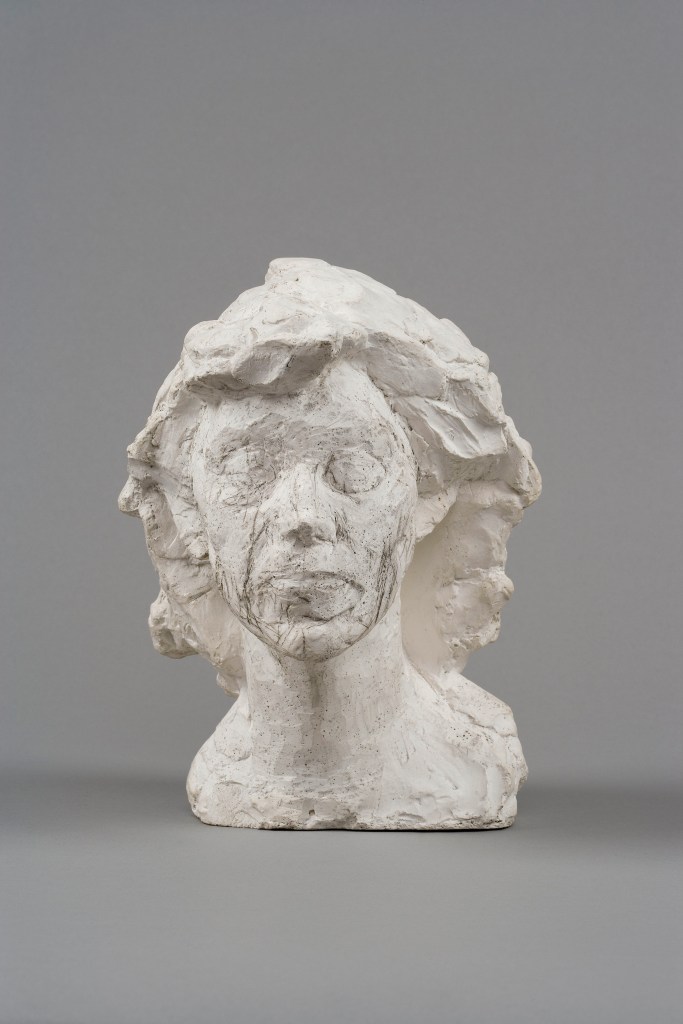
Isabel Rawsthorne Standing in a Street in Soho (1967), Francis Bacon. Staatliche Museen zu Berlin, Nationalgalerie. Photo: © bpk/Nationalgalerie, Staatliche Museen zu Berlin/Jörg P. Anders; © The Estate of Francis Bacon. All rights reserved/2018, ProLitteris, Zurich
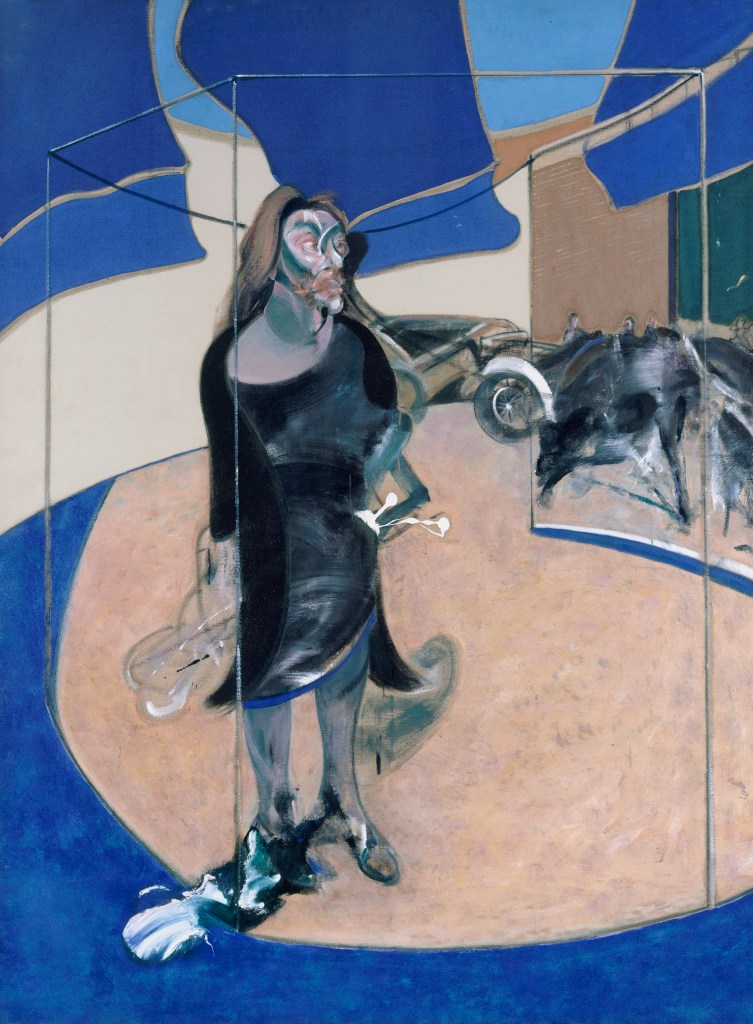
As you follow the progression of both artists’ depictions of Rawsthorne, it becomes clear that the value of an exhibition like this is not in the search for similarities, which would risk collapsing what makes each artist distinctive. Rather, the exhibition brings their differences into focus, and celebrates the sparks generated by the friction of the encounter. This point is made most powerfully in the central room, where the power of Giacometti’s giant Walking Man sculptures is heightened both by the sheer amount of space the Beyeler has given them and by the vast canvases by Bacon on the walls. Most impressive is the Three Studies of Figures on Beds triptych of 1972; here, Bacon’s earlier use of cages to structure the picture space has given way to ambiguous spirals, which establish the wildly distorted positions of the lying figures as though the viewer is looking through a magnifying glass. The bodies appear rigid in their contortions – and yet, the spirals are pronged with cartoon arrows, inscribing signs of movement into the composition. In this meeting of contrasts – Giacometti’s upright, stony figures; Bacon’s prone, fleshly blobs – what impresses is how each artist has, on his own terms, managed to create an object that both moves and is still.
Three Studies of Figures of Beds (1972), Francis Bacon. Esther Grether Family Collection. Photo: Robert Bayer; © The Estate of Francis Bacon. All rights reserved/2018, ProLitteris, Zurich
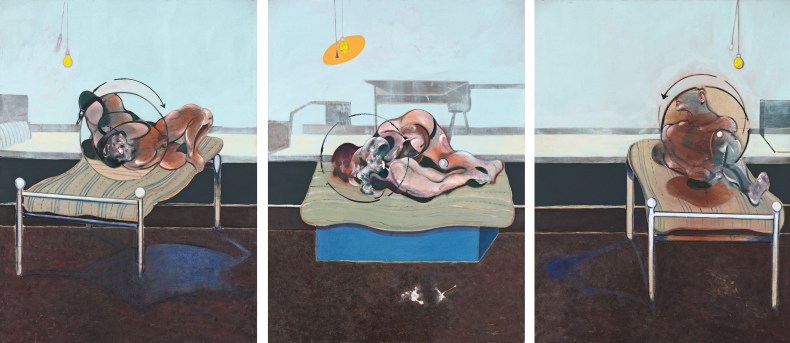
The show concludes with a slideshow of snaps from the two artists’ studios. It almost seems a bit of a let down. They’re projected in a darkened room – on to the floor, images of the scraps that littered Bacon’s home, all those reproductions of paintings and photographs he snipped out of books and magazines; across two walls, a life-size cross-section of Giacometti’s Montparnasse quarters that emphasises how cramped they were. Having done so much to release the two artists from the straitjacket of perceptions about their personalities, it’s as though the curators have strapped them back in at the final moment. But if a joint statement emerges from this impressive display of paintings and sculptures, it’s that the work of neither artist can submit to these constraints for long.
‘Bacon-Giacometti’ is at the Fondation Beyeler until 2 September.

